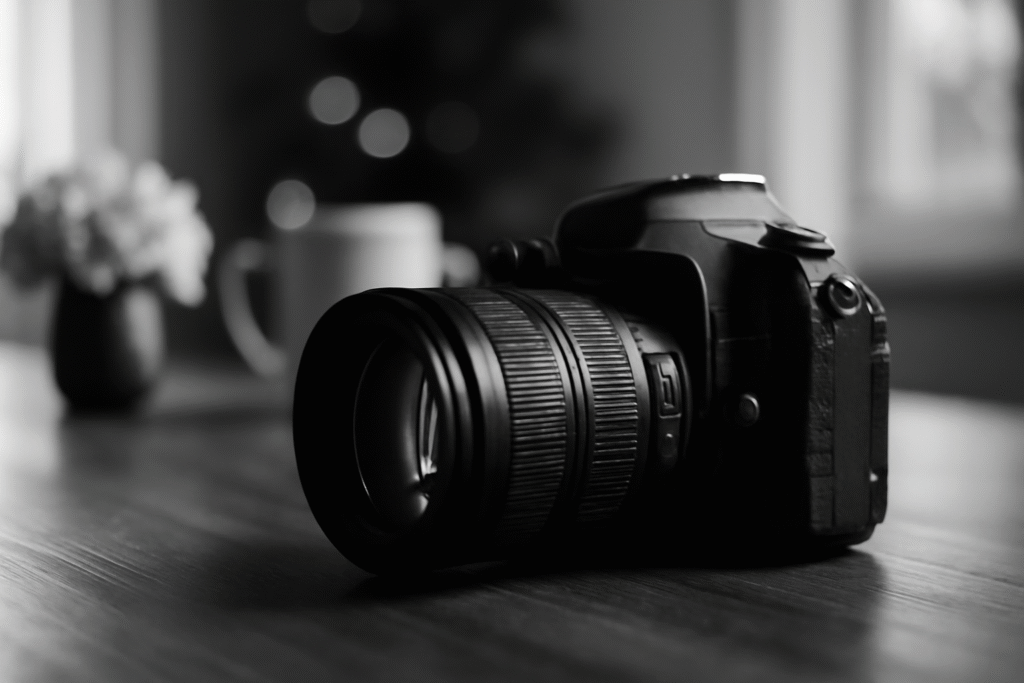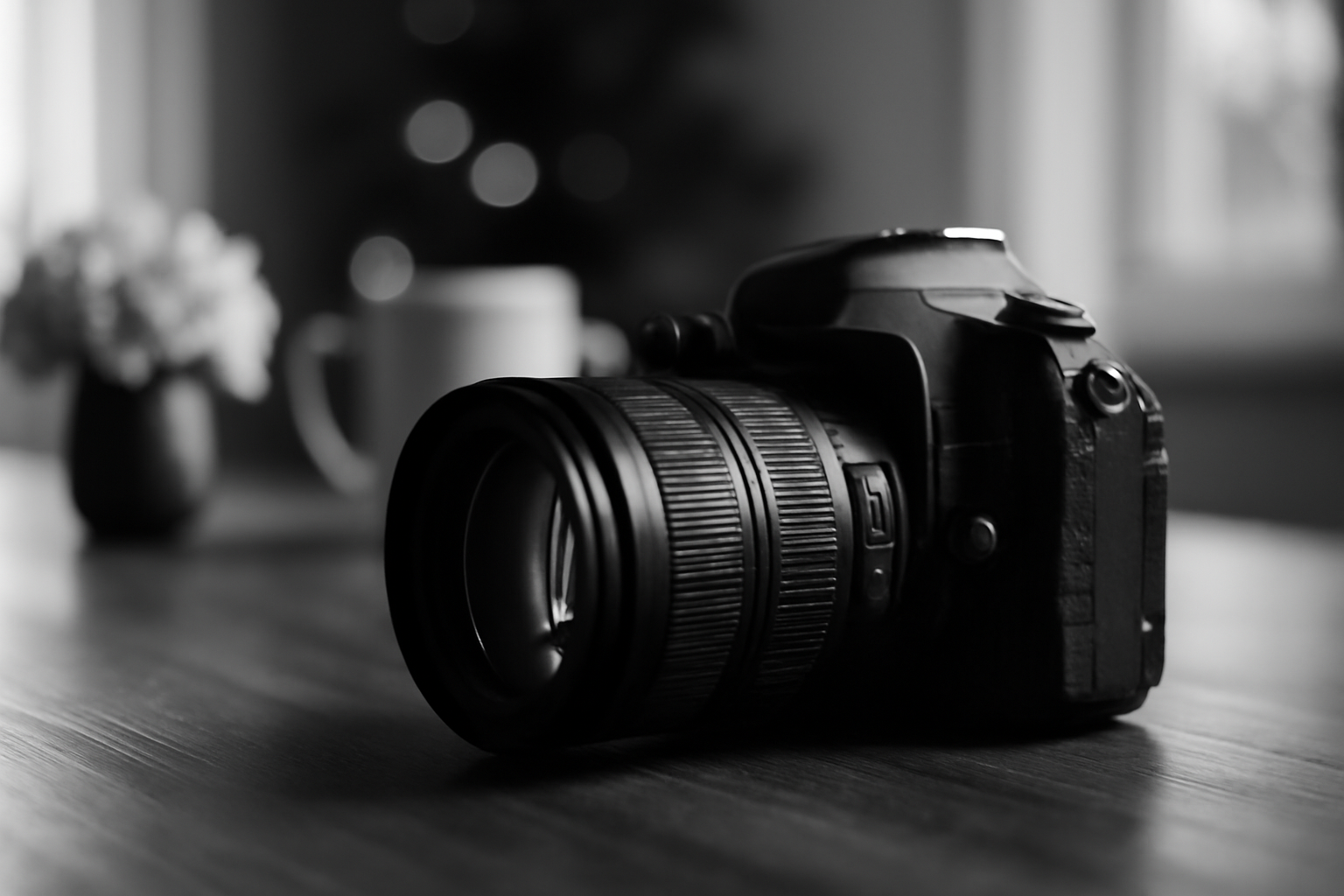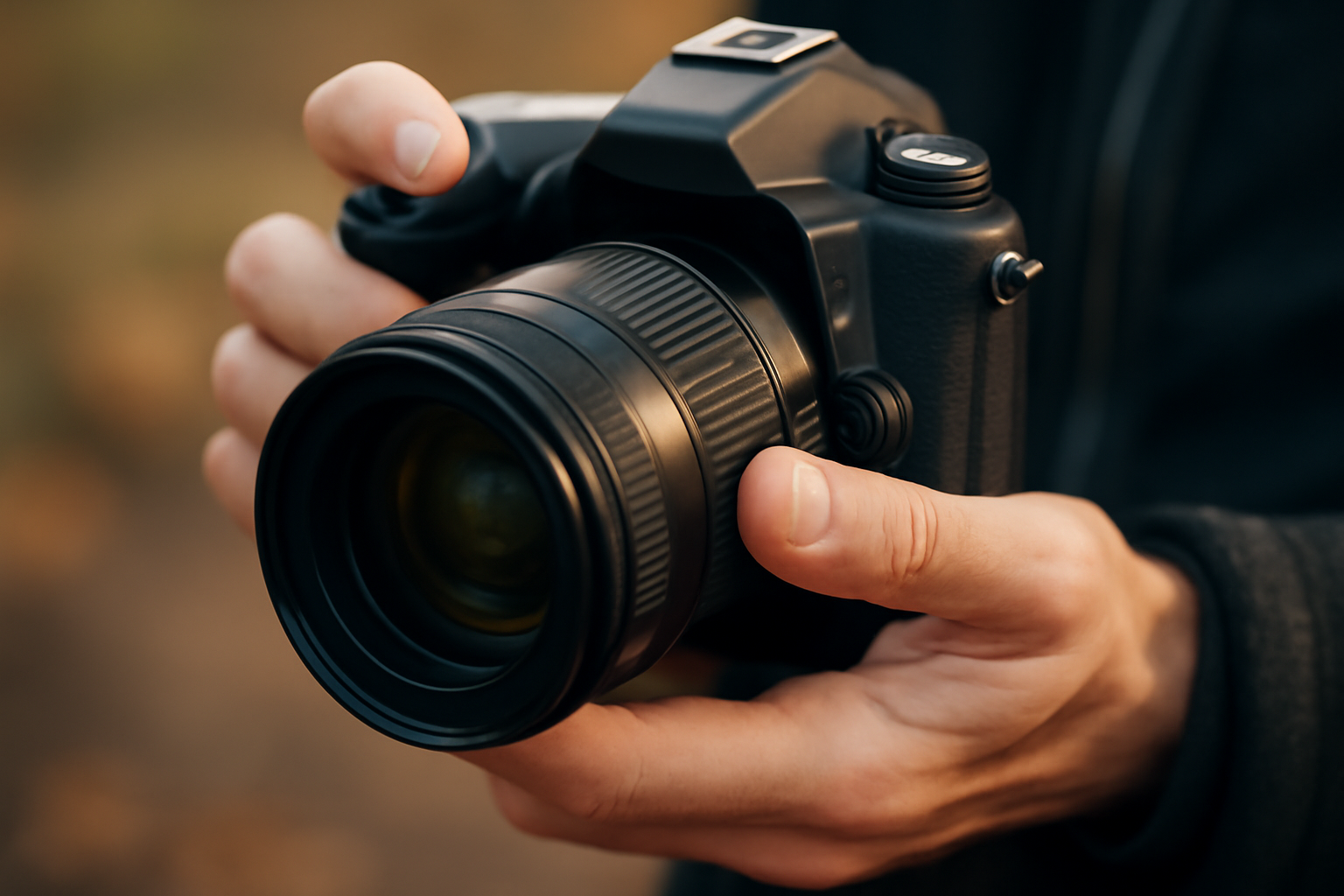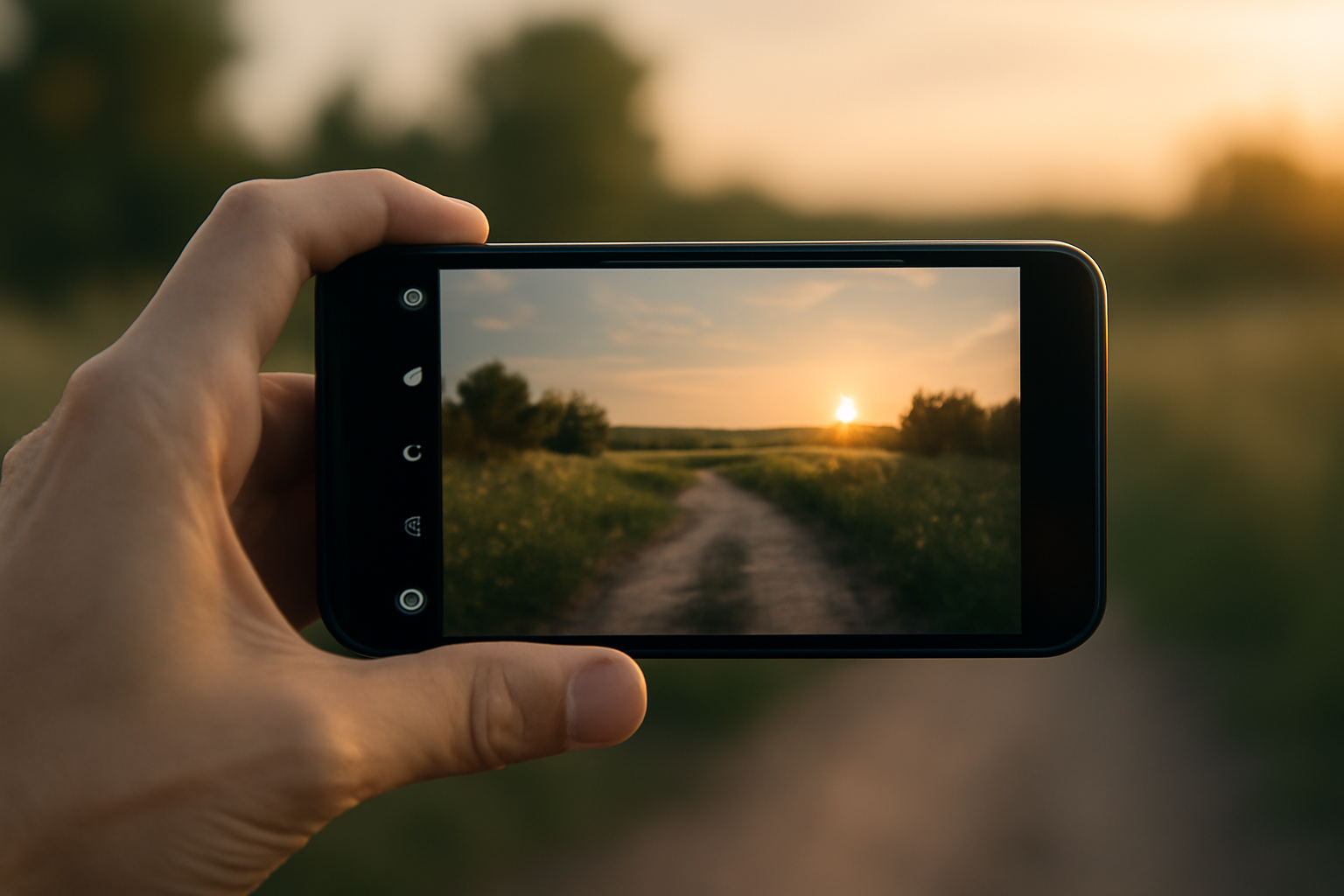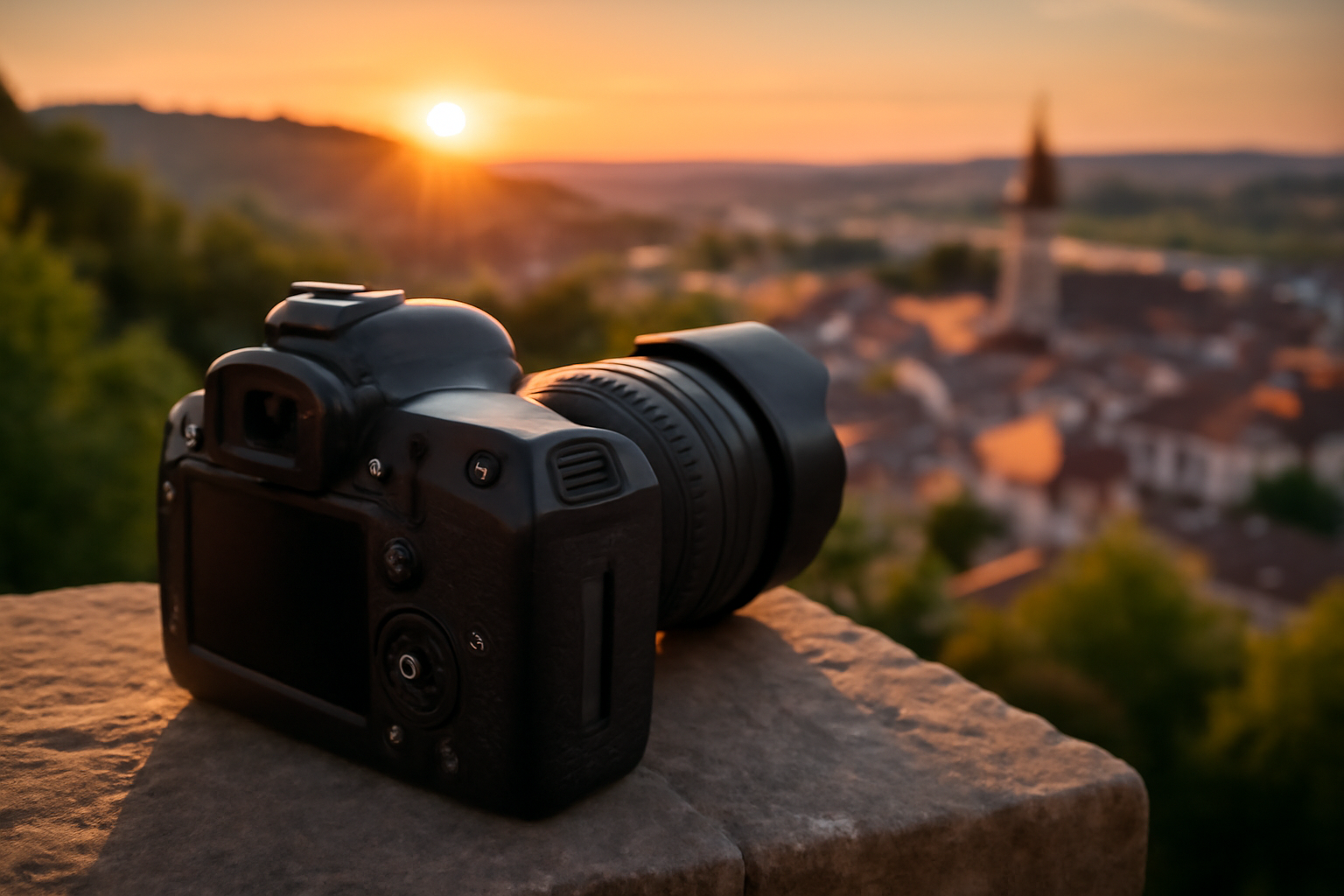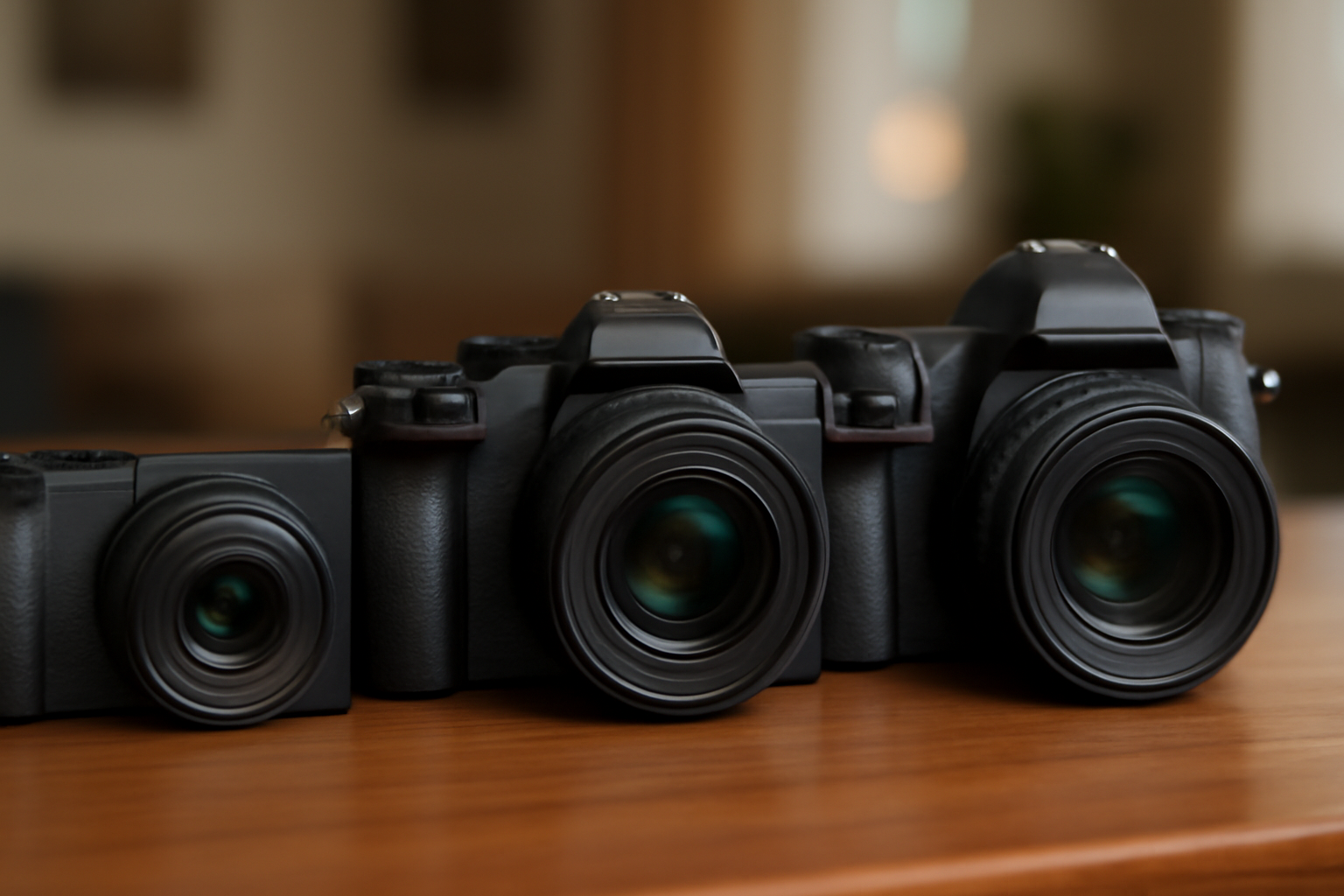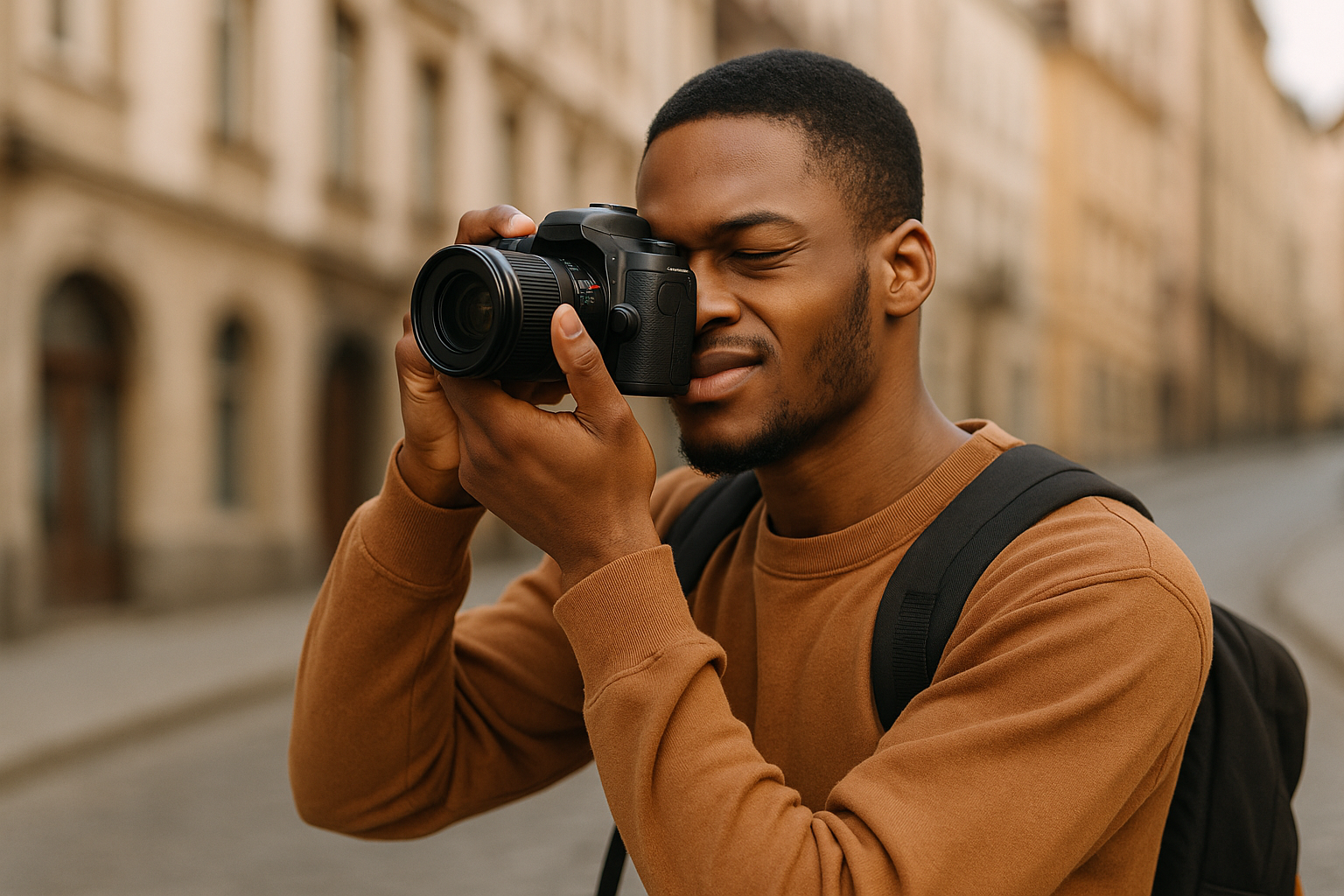Photography is more than pointing your camera at something and pressing the shutter. The difference between an average photo and an impactful one often comes down to small, intentional choices. You don’t need to own expensive gear or be a professional with decades of experience. Sometimes, it’s the simplest techniques that make your images stand out.
Impactful photos don’t just capture a subject; they make people feel something. They draw the eye, tell a story, and leave a lasting impression. If you’re wondering how to elevate your photography, this guide will walk you through practical techniques you can start using today — regardless of what camera you own.
Why Impact Matters More Than Perfection
Before diving into techniques, let’s talk about why impact is important. Many beginners obsess over sharpness, megapixels, or fancy lenses. But technical perfection doesn’t guarantee emotional connection. A photo can be perfectly exposed and flawlessly sharp, but if it lacks soul, viewers won’t remember it.
Think about the photos that stick with you — maybe an old family picture, a raw street capture, or a dramatic portrait. Chances are, they’re not perfect. They’re powerful because they evoke emotion, tell a story, or highlight something ordinary in an extraordinary way.
So instead of chasing flawless, chase meaningful. These simple techniques will help you do just that.
1. Pay Attention to Light Above All Else
Light is the foundation of photography. Learning to observe and use it is the single most powerful skill you can develop.
Tips to try:
- Shoot during golden hour (early morning or late afternoon) when light is soft and warm.
- Use side lighting indoors, like a window, to create dramatic shadows and depth.
- Experiment with backlighting — placing the subject between you and the light source — for silhouettes or glowing edges.
- On cloudy days, take advantage of the diffused light, which is flattering for portraits and product shots.
Exercise: Pick one subject and photograph it at different times of day. Compare how the light changes the mood. You’ll realize light isn’t just illumination — it’s emotion.
2. Simplify Your Composition
Impactful photos are often the simplest. Too many elements confuse the viewer. Focus on one subject and remove distractions.
How to simplify:
- Get closer to your subject.
- Use negative space — let the background breathe.
- Change your angle to cut out clutter.
- Blur the background with a wide aperture.
Example: If you’re photographing a flower, filling the frame with petals and color will feel more powerful than a busy shot with other plants and objects in the background.
3. Use the Rule of Thirds (Then Break It)
The rule of thirds is one of the most popular composition techniques for a reason. Imagine dividing your frame into nine equal sections with two horizontal and two vertical lines. Place your subject along those lines or at their intersections.
This creates balance and draws the eye naturally.
But once you understand it, experiment with breaking it. Center your subject for symmetry, place them at the edge for tension, or fill the frame entirely. Rules are great for starting — breaking them with intention is even better.
4. Focus on the Eyes
When photographing people or animals, sharp eyes instantly create impact. They connect the viewer emotionally to the subject.
Tips:
- Use your camera’s eye autofocus if available.
- If shooting manual focus, zoom in and double-check.
- Keep your aperture wide (like f/2.8) for blurry backgrounds, but make sure the eyes stay sharp.
Even if the rest of the photo is imperfect, clear eyes will make it feel alive.
5. Change Your Perspective
Most people shoot from eye level. That’s fine — but it’s also predictable. Impact often comes from seeing the world differently.
Ideas:
- Get low on the ground for a child’s-eye view.
- Shoot from above for a fresh, bird’s-eye look.
- Tilt the camera for dynamic diagonals.
- Frame through objects (like shooting through leaves, windows, or doorways).
The more you play with angles, the more unique your images will feel.
6. Use Leading Lines
Our eyes naturally follow lines. Roads, fences, bridges, hallways, even shadows can guide the viewer’s gaze toward your subject.
Place your subject at the end of a line to create flow. Or use converging lines to add depth.
For example, imagine a person standing at the end of a long pier. The planks of wood lead the viewer straight to them. It feels intentional and impactful.
7. Play With Depth of Field
Depth of field is how much of your image is in focus. A shallow depth (like f/1.8) isolates your subject and creates creamy backgrounds. A deep depth (like f/11) keeps everything sharp.
Both can be impactful when used deliberately. Shallow depth creates intimacy, while deep depth creates storytelling in landscapes or busy scenes.
Experiment with both, and don’t just stick to one style. Impact comes from using depth to match your subject and message.
8. Capture Emotion and Movement
Static poses are fine, but emotion and movement add life. Instead of asking someone to “smile,” try making them laugh. Instead of photographing a runner standing still, capture them mid-stride.
Tips:
- Use a fast shutter speed (1/500 or higher) to freeze motion.
- Or slow down (1/30 or less) to create blur and energy.
- Anticipate moments — don’t just react.
An imperfect but emotional photo beats a technically perfect but lifeless one any day.
9. Look for Patterns and Symmetry
Our brains love patterns. They create harmony and rhythm in images. Look for repeating shapes, colors, or lines — like tiles, windows, or even rows of trees.
Symmetry, on the other hand, creates a sense of order and calm. Center your subject and let the balance do the work.
But remember: breaking symmetry can be just as powerful. Imagine a perfectly lined-up street with one person slightly off-center. That tiny disruption draws attention.
10. Use Color Intentionally
Color is one of the strongest tools for impact. It sets mood instantly. A warm palette feels inviting. Cool tones feel calm or mysterious. Black and white removes distraction and emphasizes texture.
Tips:
- Pay attention to complementary colors (like blue and orange) for contrast.
- Use one dominant color to create mood.
- Practice removing color — switch to black and white to focus on light and composition.
Color isn’t just decoration; it’s part of your storytelling toolkit.
11. Anticipate the Decisive Moment
Henri Cartier-Bresson, the father of street photography, coined the term “decisive moment” — the exact instant when everything aligns to create a powerful image.
This doesn’t just apply to street photography. It applies to portraits, family gatherings, sports, or even pets. Great photos often come from waiting for that exact split second: the laugh, the glance, the movement.
Be patient. Be ready. Sometimes impact is about timing.
12. Experiment With Shadows and Silhouettes
Light isn’t only about what it shows — it’s also about what it hides. Shadows and silhouettes can create mystery, drama, and depth.
Try:
- Photographing a person against a bright window
- Capturing long shadows during late afternoon
- Using partial light to reveal only part of the subject
These techniques often require no extra gear, just awareness and creativity.
13. Tell a Story With Context
An impactful photo doesn’t just show what something looks like. It tells you something about it.
For example:
- A portrait of a musician feels different when their instrument is in the frame.
- A shot of a baker comes alive with flour dust in the air.
- A child playing with toys tells a stronger story than a child simply sitting still.
Ask yourself: what’s the story here? Then include or exclude elements to strengthen that narrative.
14. Practice Minimalism
Minimalism is the art of less. It strips away distractions so the subject feels bold and powerful.
To practice:
- Place your subject against a plain background.
- Leave negative space around them.
- Use a single prop instead of many.
Minimalist photos are striking because they give the eye only one thing to focus on — and that clarity is impact.
15. Review and Edit With Purpose
Shooting is only half the job. Reviewing and editing turn raw captures into final art.
When reviewing:
- Don’t keep everything — be selective.
- Choose photos that make you feel something, not just ones that are technically correct.
When editing:
- Adjust exposure and contrast to emphasize mood.
- Crop for stronger composition.
- Enhance color or convert to black and white for clarity.
Editing isn’t about “fixing.” It’s about amplifying what’s already there.
Bonus: Print Your Photos
One overlooked way to make your photos more impactful is to print them. When an image leaves the screen and exists physically, it feels more powerful.
Printing teaches you discipline in editing, helps you see flaws more clearly, and gives you a sense of accomplishment. Even a simple photo album of home prints can change how you view your own work.
Final Thoughts: Impact Comes From Intention
Impactful photography isn’t about expensive gear or complex setups. It’s about being intentional. Paying attention to light, simplifying your frame, waiting for the right moment, and choosing what to include or exclude.
Remember: a photo’s power is measured by how it makes people feel, not how technically perfect it is.
So next time you pick up your camera, ask yourself:
- What’s the emotion here?
- How can I simplify?
- What choices will make this image unforgettable?
Simple techniques, used consistently, can transform your work. The magic isn’t in the complexity — it’s in the intention.
Go practice. Your next impactful photo is waiting for you.
